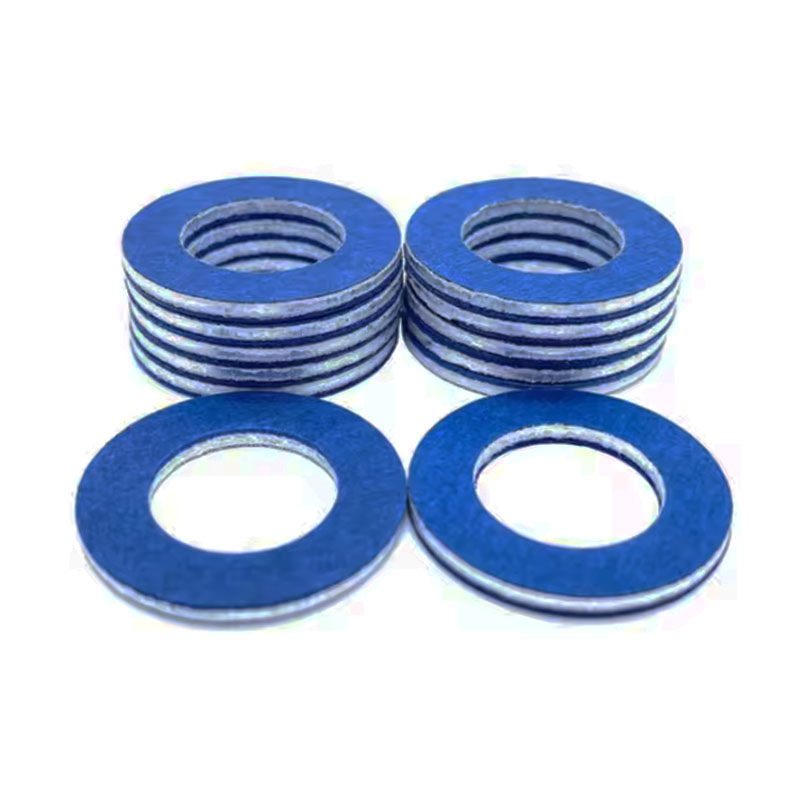Exploring the Importance of Oil Seal Caps in Machinery Performance and Durability
Understanding Oil Seal Caps Importance and Applications
Oil seal caps, often referred to simply as oil seals or seal caps, play a pivotal role in various mechanical systems. These components are designed to prevent the leakage of lubricants and fluids while also keeping contaminants out of critical machinery. In this article, we will delve into the importance, types, applications, and maintenance of oil seal caps.
What is an Oil Seal Cap?
An oil seal cap is a device that seals the gap between two parts, typically in rotating equipment. It is crafted from materials such as rubber, silicone, or polyurethane, providing a flexible yet durable barrier against oil leaks. These caps are used in a variety of automotive and industrial applications, including engines, transmissions, and hydraulic systems.
Importance of Oil Seal Caps
The primary function of oil seal caps is to safeguard lubricant integrity within machinery. Here are several reasons why they are crucial
1. Leak Prevention Oil seal caps effectively prevent the escape of lubricants, which is vital for reducing friction and wear. This translates to longer machinery life and reduced operational costs.
2. Contamination Barrier They serve as a barrier against dust, dirt, and other contaminants, which can impair machinery performance and lead to increased maintenance needs.
3. Operational Efficiency By maintaining optimal fluid levels and preventing leaks, oil seal caps contribute to the efficient operation of machines, ensuring that they work under ideal conditions.
4. Safety Leaking fluids can pose safety hazards, particularly in heavy machinery or automotive applications. Oil seal caps play a critical role in enhancing safety by minimizing the risk of spills or slips.
Types of Oil Seal Caps
There are several types of oil seal caps designed for specific applications. The most commonly used include
1. Single Lip Seals These are the most basic type of oil seals, featuring one sealing lip. They are commonly used in applications where pressure is low and contaminants are minimal.
2. Double Lip Seals These caps have two sealing lips and an additional space between them, which provides extra protection against contaminants. They are ideal for conditions where the risk of oil leakage and dirt ingress is higher.
3. U-Cup Seals U-cup seals have a distinctive shape that allows them to create a tight seal on the rod of hydraulic cylinders. They are often used in machinery that operates under significant pressure.
oil seal cap

Applications of Oil Seal Caps
Oil seal caps are utilized in a wide range of industries. Here are a few notable applications
1. Automotive In vehicles, oil seal caps prevent engine oil leaks and help maintain proper transmission fluid levels, contributing to overall vehicle performance and longevity.
2. Industrial Machinery In manufacturing, oil seals are critical for hydraulic systems and gearboxes, ensuring efficient and reliable operation.
3. Aerospace In aviation, oil seal caps are crucial for preventing lubricant loss in engines, which is essential for safety and operational efficiency.
4. Marine Boats and ships rely on oil seals to prevent leaks in their engines and hydraulic systems, ensuring safe navigation.
Maintenance and Best Practices
To ensure the longevity of oil seal caps, routine inspection and maintenance are critical. Here are some best practices
1. Regular Inspections Periodically check seals for signs of wear, such as cracking or swelling, which may indicate the need for replacement.
2. Proper Installation Ensure that seals are installed correctly to prevent premature wear or failure.
3. Material Selection Choose the appropriate seal material for the specific application, considering factors such as temperature, pressure, and potential chemical exposure.
4. Monitor Operating Conditions Keep an eye on operational temperatures and pressures, as extreme conditions can impact seal performance.
Conclusion
Oil seal caps are unsung heroes in mechanical systems, providing critical protection against leaks and contaminants. Understanding their importance, types, applications, and maintenance can lead to better machinery performance and durability. By taking the time to appreciate these components, industries can ensure the smooth operation of their equipment and contribute to a safer working environment.
-
Understanding the Front Main Engine Seal: Purpose, Maintenance, and Installation
News Jul.29,2025
-
Understanding O-Rings and Seal Rings: Types, Applications, and Custom Solutions
News Jul.29,2025
-
Understanding Crankshaft Oil Seals: Rear Seals, Pulley Seals, and Their Role in Engine Integrity
News Jul.29,2025
-
The Importance of Front and Rear Crankshaft Seals in Engine Performance and Oil Management
News Jul.29,2025
-
Crank Oil Seals: Functions, Types, and Cost Considerations in Engine Maintenance
News Jul.29,2025
-
A Comprehensive Guide to O-Rings and Seals: Types, Materials, and Global Applications
News Jul.29,2025
-
Mastering Diesel and Performance Engine Maintenance: A Guide to Critical Oil Gaskets
News Jul.28,2025
Products categories















